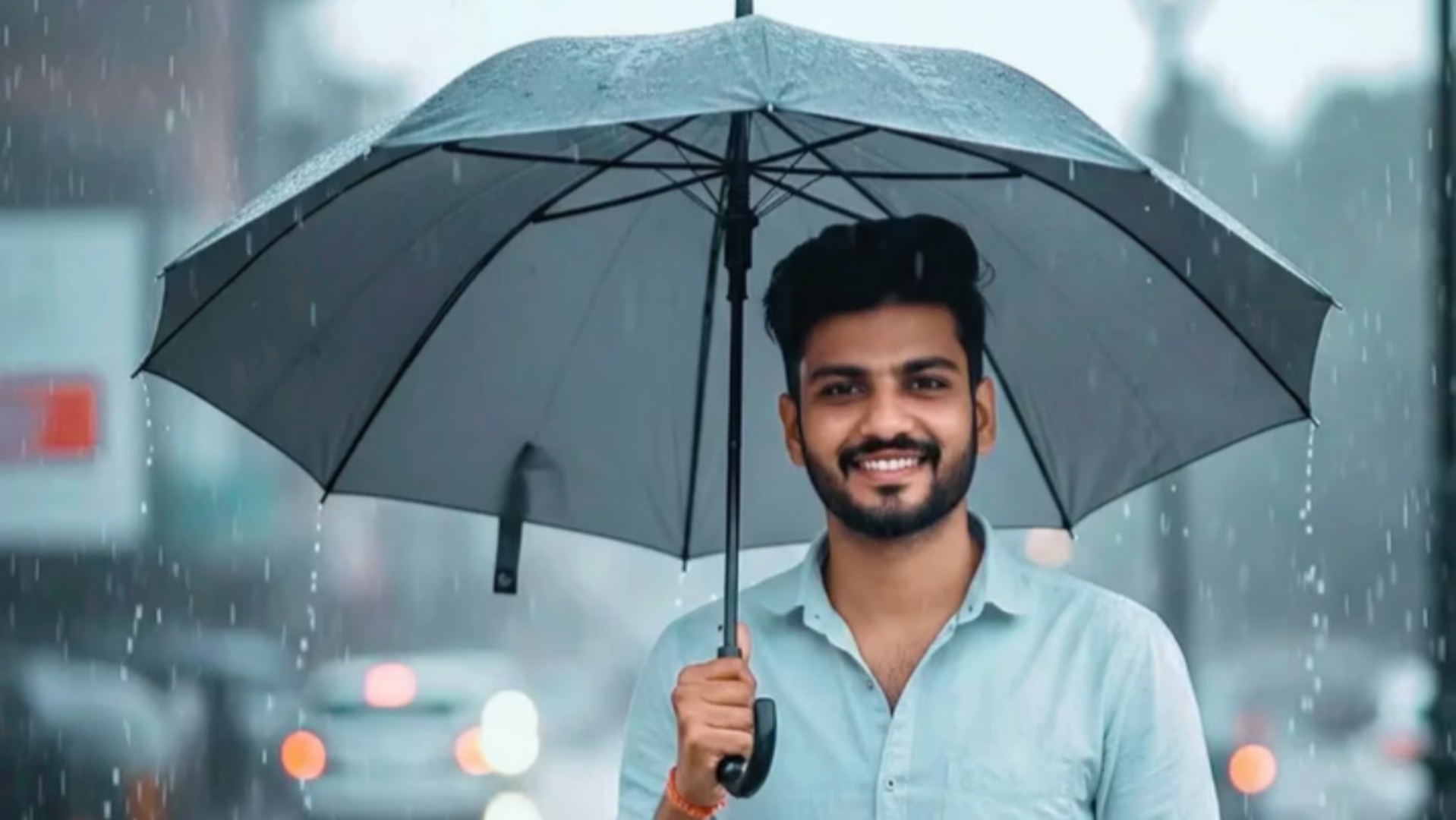Use these detailed prompts to guide your AI image editor or generator (like Midjourney, DALL-E, or Firefly) to achieve specific, high-quality visual results.
In-article:
1. Cinematic & Moody Aesthetics
- Apply a classic film noir aesthetic, emphasizing deep shadows, high contrast, and dramatic directional light. The color palette should be muted black and white with a slight sepia tint.
- Re-render the scene with the striking lighting style of a Giallo horror film from the 1970s. Use intense, saturated primary colors—deep blues, vibrant reds, and stark yellows—as key light sources.
- Create a Blade Runner 2049 cinematic grade: wet surfaces, neon reflections, heavy atmospheric haze, and low-key lighting with deep orange and electric cyan accents.
- Give the photo the feel of a Wes Anderson film still. Demand extreme symmetry, a limited pastel color grading (mint green, dusty rose, sky blue), and a flat, orthographic perspective.
- Isolate the main subject and apply a chiaroscuro effect reminiscent of a Rembrandt painting. The background should dissolve into pure black darkness, leaving the subject intensely and selectively lit.
2. Surreal & Fantasy Transformations
- Create a double exposure effect: Superimpose a ghostly image of the night sky (stars and nebulae) onto the subject’s silhouette. Set the overall tone to ethereal indigo and violet.
- Melting reality: Edit the environment to appear as if it’s painted with dripping Salvador Dalí-esque textures. The sky should look like liquid gold, and the ground like soft, warped clay.
- Transform the human subject (or object) into an elaborate steampunk automaton. Replace organic elements with brass gears, leather straps, and glowing clockwork mechanisms, keeping the setting industrial and smoky.
- Microcosm/Macrocosm: Replace all typical flora in the image with giant, glowing bioluminescent fungi from a fantasy forest. The air should be thick with luminous green or blue spores.
- Liquify the background into swirling, iridescent oil slick patterns, contrasting sharply with the main subject, which remains perfectly sharp and rendered in a flat, matte finish.
3. Minimalist & Abstract Designs
- Convert the image to a high-density, low-poly 3D render. Simplify all shapes into geometric facets and use flat, vibrant color blocks with sharp, defined edges and no texture.
- Apply a bold line art sketch filter, simplifying the entire image to only thick, variable black outlines on a stark white or pale grey background, removing all internal shading and color.
- Use a Swiss Style graphic design approach: extreme negative space, a limited palette of only two complementary colors (e.g., burnt orange and deep navy), and integrated, bold, sans-serif typography elements.
- Create an extreme out-of-focus bokeh effect. The background must be massive, soft, circular light blobs, with the subject only discernible by the silhouette and one single, sharp, focused element (like an eye or a hand).
- Deconstruct the photo into a collage of perfectly aligned primary-colored shapes (Mondrian style). The original elements should be recognizable only by the abstract color blocks they become.
4. Retro & Vintage Authenticity
- Apply the aesthetics of a classic 1950s Kodachrome slide. Saturate the reds, blues, and yellows heavily, add fine analog grain, and give the white areas a warm, slightly yellowed cast.
- Simulate a heavily distressed Polaroid SX-70 photo. Add noticeable light leaks, uneven white borders, a cool magenta color shift, and a distinct, soft, hazy focus.
- Give the image a dramatic 1980s vaporwave look: utilize a hot pink and neon blue palette, geometric grid lines receding into the distance, and prominent use of retro-futuristic chrome and marble textures.
- Recreate the style of a fine art 1920s photogravure print. Apply a rich, warm brown/sepia tone, high detail in the midtones, and a soft, velvety texture that mimics aged, cotton-fiber paper.
- Create a stylized comic book panel effect in the style of Roy Lichtenstein. Use bold Ben-Day dots (small, evenly spaced colored dots), thick black outlines, and flat, limited color blocks (e.g., yellow, red, black).
5. Nature & Atmospheric Effects
- Apply a submerged aquatic effect. Give everything a deep cyan/green tint, simulate bright light rays streaming from the surface, and add subtle particle motion blur as if viewed through water.
- Transform the scene into a fog-shrouded, misty moor at dawn. Dramatically reduce saturation, introduce a heavy layer of white/grey mist that obscures the horizon, and use soft, diffused sunlight filtering through.
- Apply the visual style of a Romantic-era oil painting by Caspar David Friedrich: dramatic, turbulent skies, small human figures dwarfed by immense nature, and a deeply emotional, cool color palette.
- Create a dramatic volcanic sunset effect. Intensify the oranges, fiery reds, and deep magentas in the sky, darken the foreground into a sharp silhouette, and add the faint glow of distant embers or heat haze.
- Emulate the unique look of a thermal camera image. Use an artificial gradient color map (e.g., black to purple to yellow to white) to represent temperature variations, highlighting the subject’s contours.
